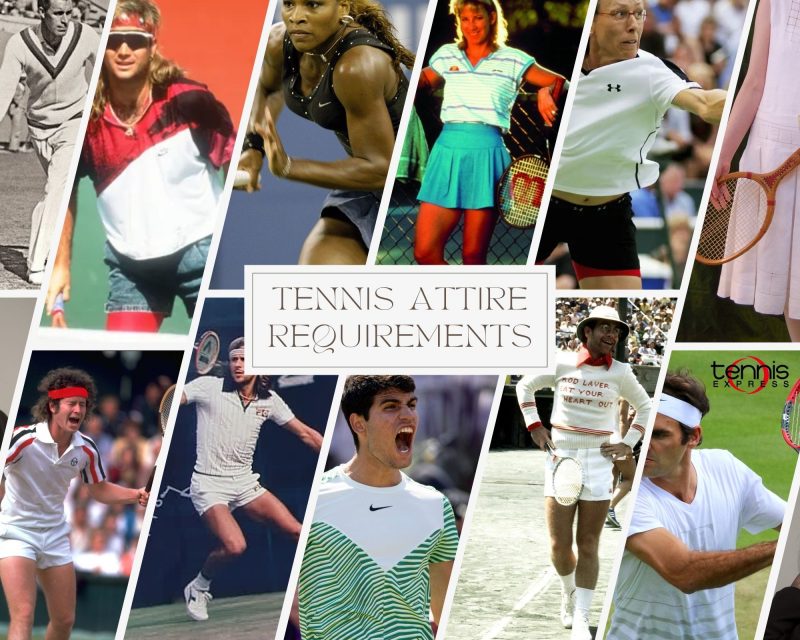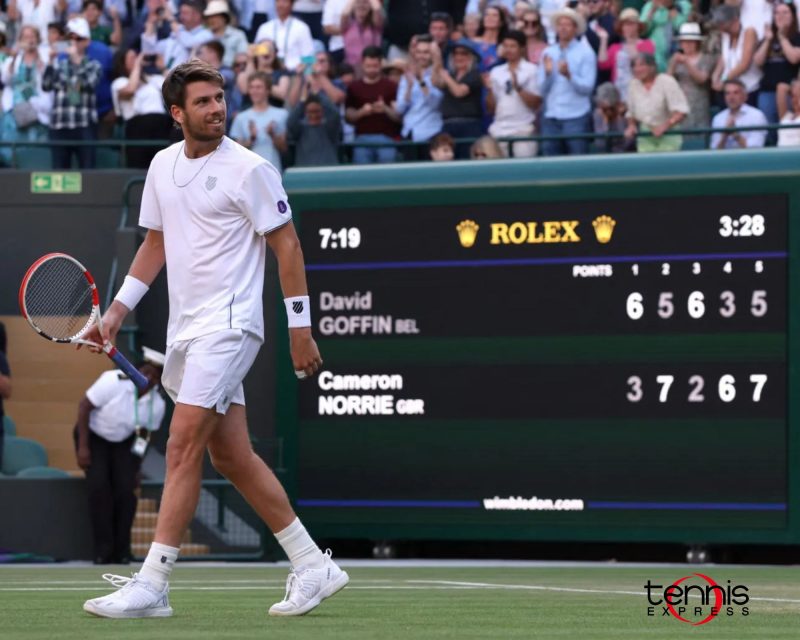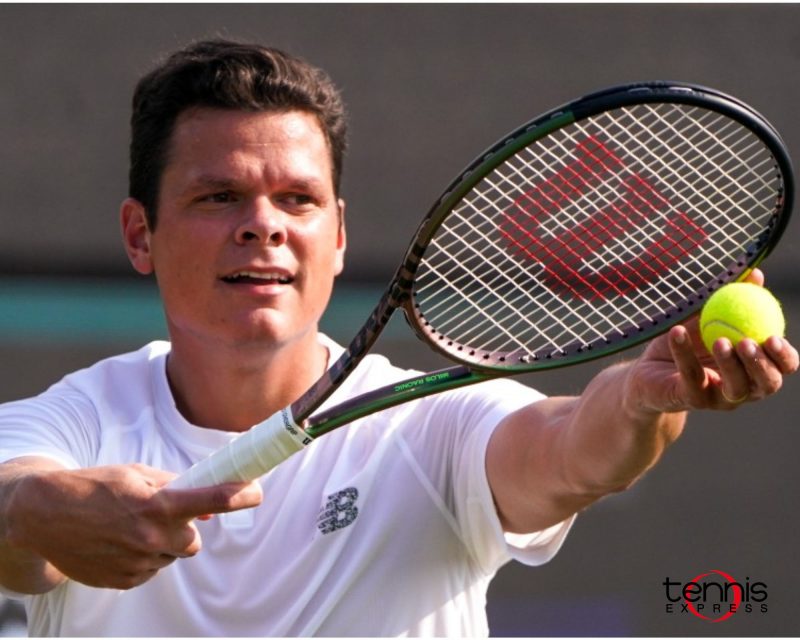 Equipment or tennis gear has evolved bringing more jargon about what brand of racquet to buy and what strings to use. Then there's info about over grips and other tennis accessories to improve your game. But let's not worry about that now and let's dive right in.
Equipment or tennis gear has evolved bringing more jargon about what brand of racquet to buy and what strings to use. Then there's info about over grips and other tennis accessories to improve your game. But let's not worry about that now and let's dive right in.
Basic Tennis Terms
Scoring
How do you keep score in tennis is the most common question. Regardless if you're playing singles or doubles, for fun or competitively, you need to know the basics. A match is the name of the entire competition. It is made up of three parts: points, games, and sets. Think of these as a way to track progress, similar to an intermission or half-time. To begin the match, one opponent will spin their tennis racquet and determine who will serve first. The first server starts from the Deuce (or right side) of the court. They call out the score saying "love all." Love is the nickname for zero points. Although there are a few theories about this catchy alias, my favorite suggests you play for the love of the game and not the end score. On average, each game consists of 4 or more points. These points have an assigned value such as 0, 15, 30, and 40. The server gets two opportunities to place the ball into the service box, which is the inner set of lines closest to the net. If they fail, it's called a double fault.
The server rotating between the Deuce and Ad Side (left side of the court) until the game is won. Players or teams will switch ends of the court after the first game, and on every odd game thereafter. Remember the games make a up a set, and a set consists of a minimum of six games. The first player or team to win six games, with a margin of at least two games over the other side (e.g. 6–3 or 7–5) will take the set. In some cases, a tiebreaker is played when the set score is 6-all, which is slang for even.
On average, each game consists of 4 or more points. These points have an assigned value such as 0, 15, 30, and 40. The server gets two opportunities to place the ball into the service box, which is the inner set of lines closest to the net. If they fail, it's called a double fault.
The server rotating between the Deuce and Ad Side (left side of the court) until the game is won. Players or teams will switch ends of the court after the first game, and on every odd game thereafter. Remember the games make a up a set, and a set consists of a minimum of six games. The first player or team to win six games, with a margin of at least two games over the other side (e.g. 6–3 or 7–5) will take the set. In some cases, a tiebreaker is played when the set score is 6-all, which is slang for even.
Parts of the Court
There are several terms used to identify parts of the court. For example, the singles lines and doubles lines are the outermost side lines. The alley refers to the space between these lines, and a baseline is the furthest line that runs parallel with the net. When a player says backcourt, they are referring to the area around the baseline. Naturally, a ball that is not within the lines is called out and the player receiving the ball is called the receiver or the returner. Only the receiving player or team can call a ball in or out, however, any player can call a let, which is a serve that clips the top of the net. If a serve is so good that your opponent never touches it, it's called an ace and when a series of hits are made by all players it's known as a rally.
Glossary of Swing and Shot Selections
Additional tennis terms used on the court include forehand and backhand. These are two of the most common kinds of strokes used by a player. Another type is the ground stroke. This is when the ball is struck after it has bounced. A drop shot is when a ball is hit softly, with a lot of backspin. It typically lands just over the next and the key to a good drop shot is the disguise. Opposite of backspin is a ball hit with topspin, which is a forward rotation of the ball caused by hitting it from low to high. The approach shot is when a player hits the ball and comes up to the net. Meanwhile, if the player or team receiving the serve wins the game, this is known as a service break. The opposite saying is that the players are on-serve. If a player hits the ball immediately after it's touched the ground, it's called a half-volley. Unlike a volley, which is a ball struck before it hits the ground. An overhead is when the ball is struck above a players head in a downward motion, and a lob is a stroke that lifts the ball up in the air, typically over the head of their opponent towards the back of the court. The space on the court between the service line and the baseline is dubbed no-mans land, because it's difficult to get the ball from that position.
When a player hits a hard overhead shot it's also known as a smash, and a shot that imparts backspin with a high-to-low motion is called a slice. In doubles, when a player grabs the ball at the net that was really intended for their partner, that's named a poach.
If a player hits the ball immediately after it's touched the ground, it's called a half-volley. Unlike a volley, which is a ball struck before it hits the ground. An overhead is when the ball is struck above a players head in a downward motion, and a lob is a stroke that lifts the ball up in the air, typically over the head of their opponent towards the back of the court. The space on the court between the service line and the baseline is dubbed no-mans land, because it's difficult to get the ball from that position.
When a player hits a hard overhead shot it's also known as a smash, and a shot that imparts backspin with a high-to-low motion is called a slice. In doubles, when a player grabs the ball at the net that was really intended for their partner, that's named a poach.
Tennis Lingo and Sayings
Each piece of tennis terminology can give you wisdom. Even the puns are an antidote for success on the court.
For instance, 'order on the court' or 'you got served' are a couple comical sayings. There are some serious ones too, like 'love means nothing in tennis, but everything in life.'
On TV you might hear a commentator say that tennis pro has bravado. That simply means the boldness to intimidate another player. Maybe you've heard of a pro who got the yips, which is an involuntary wrist spasm. Or how about walk-over which means a win due to an opponent who had to withdraw or was unable to play.
Honestly, the list of tennis terms could go on and on, and it's ever-evolving, just like our game.
Learn more and take advantage of super savings at TennisExpress.com, where we love this crazy sport!
For More:





















